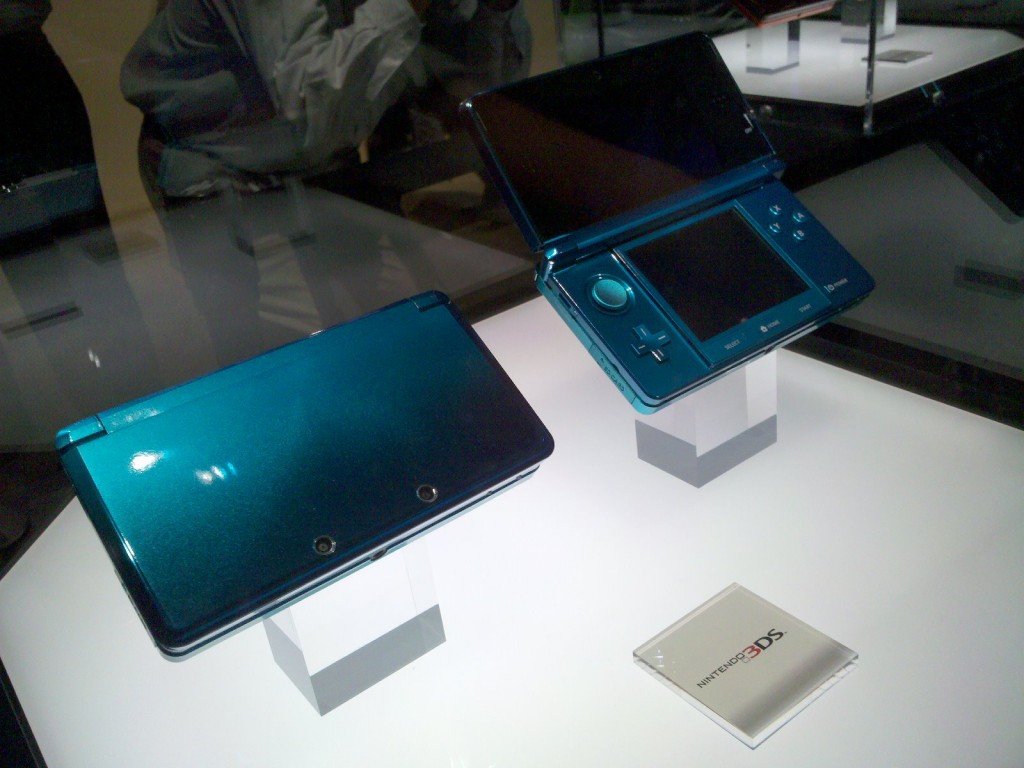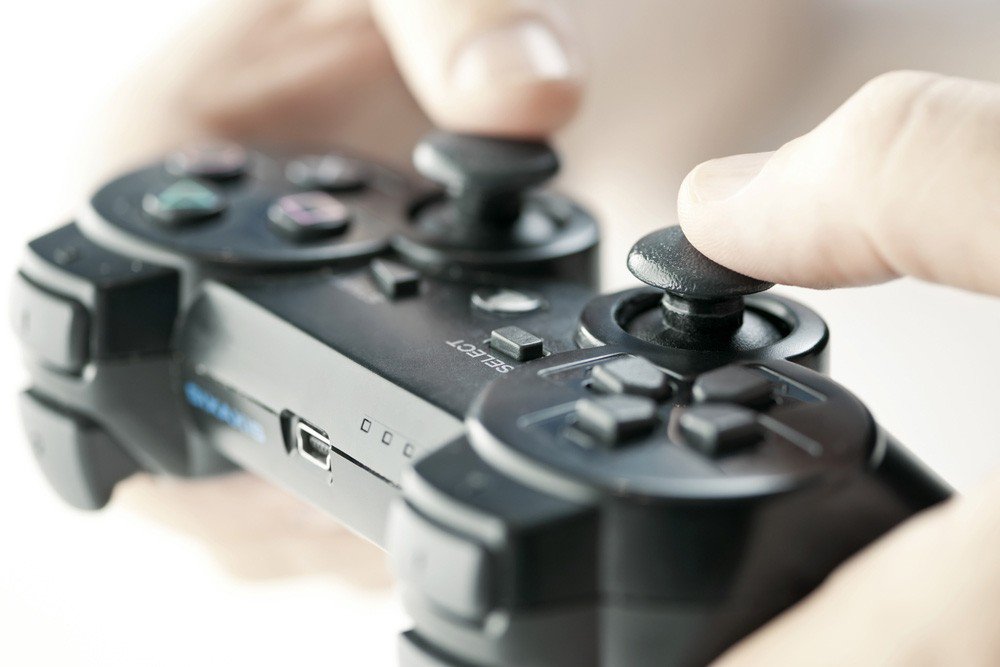In the complicated world of international football, games between teams from very different football cultures are rare but always interesting to watch. One such matchup was between the United Arab Emirates (UAE) National Football Team and the strong Argentina National Football Team. These two teams played football in very different ways, with very different styles, backgrounds, and ways of thinking about the game. As the lineups were released, there was a lot of excitement and anticipation in the air, making it clear that the meeting would be exciting.
The Argentina National Football Team is made up of:
Emiliano Martínez is the goalkeeper.
With Emiliano Martínez, a highly regarded goalie, in goal for Argentina, they had a very strong team. Martínez, who was known for being strong and impressive at stopping shots, gave the Argentine defence a sense of security.
Gonzalo Montiel, Germán Pezzella, Nicolás Otamendi, and Marcos Acuña are the defenders.
Argentina had a well-balanced group on defence. It was thought that the full-backs, Montiel and Acuña, would help both defensively and offensively by giving the midfield more space and support. The combination of Pezzella and Otamendi at centre-back brought experience and strength, making them a strong defence against the UAE’s attacks.
Midfielders: Giovani Lo Celso, Rodrigo De Paul, and Leandro Paredes
The three midfielders showed the typical mix of style and work ethic that is Argentine. The speed of the game would be set by De Paul’s energy, Paredes’s ability to pass the ball, and Lo Celso’s imagination. This midfield setup was typical of Argentine football: it was a fine mix between being strong defensively and being good at attacking.
Lionel Messi, Lautaro Martínez, and Ángel Di María are forwards.
The striking trident was the main part of Argentina’s attack plan. Lionel Messi, who is famous and is often thought of as one of the best football players of all time, led the line. People loved to watch him play because he had great vision, could dribble well, and scored goals. Lautaro Martínez and Ángel Di María played on either side of Messi and gave him speed, skill, and clinical finishing choices. This trio of attackers offered a show of complicated play and chances to score goals.
The United Arab Emirates National Football Team is made up of:
Ali Khaseif is the custodian.
Unlike Argentina’s skilled Martínez, the UAE chose Ali Khaseif to be their guardian. The Emirati team needed Khaseif’s quickness and ability to block shots in order to deal with the strong hitting skills of the Argentine front line.
Bandar Al Ahbabi, Walid Abbas, Mahmoud Khamis, and Khalifa Mubarak defended the country.
The four-person defence showed a mix of youth and experience. There were expectations that both Al Ahbabi and Mubarak, the full-backs, would help with defence and offence. Abbas and Khamis, who played together as centre-backs, had to stop players like Messi, Martínez, and Di María.
Ali Salmeen, Abdullah Ramadan, and Majed Hassan are midfielders.
The three players in the middle of the pitch showed the hard work and determination that are typical of UAE football. The job of Salmeen and Ramadan was to break up the Argentine midfield’s flow. Hassan, on the other hand, had two roles: he covered the defence and started offensive transitions.
Ali Mabkhout and Khalfan Mubarak are the forwards.
The UAE’s attack goals were carried by the powerful duo of Mabkhout and Mubarak. Mabkhout, who scores a lot of goals, was supposed to lead the attack, and Mubarak’s speed and artistic skill made the forward line more interesting. Read more about this: united arab emirates national football team vs argentina national football team lineups
Methods of Attack:
When these two teams fought, there were some very interesting tactical fights. Argentina tried to take control of the game right away by focusing on having the ball, switching plays quickly, and attacking with fluid moves. The middle trio of De Paul, Paredes, and Lo Celso planned the play, while Messi, Martínez, and Di María, who played offence, looked for holes in the defence to exploit.
The UAE, on the other hand, took a more practical method, focusing on strong defences and quick counterattacks. Salmeen, Ramadan, and Hassan worked together in the middle to make it hard for Argentina to pass the ball. Mabkhout and Mubarak, on the other hand, were on the attack and tried to take advantage of gaps in the Argentine defence during changes.
Major Events:
There were brilliant and dramatic moments in the match. With his trademark passing, Lionel Messi was always a threat to the UAE defence. The UAE team was tough and well-behaved, and they made chances on the break. Ali Mabkhout’s accurate shooting tested Emiliano Martínez.
As the game went on, both goalkeepers showed how good they were by making important saves. Ali Khaseif’s acrobatics kept Argentina from scoring more than once, and Emiliano Martínez’s shot-stopping skills kept the UAE from scoring.
However, Messi was the one who made the difference. With a mesmerising solo run and a precise finish, he got the first run scored. The three attackers for Argentina worked well together, and Lautaro Martínez scored the second goal to give the South American giants a 2-0 win.
In conclusion:
The game between the United Arab Emirates National Football Team and the Argentina National Football Team showed how beautiful football is as a sport that brings people from different cultures together. Fans were captivated by the different playing styles, the skill of players like Messi and Mabkhout, and the tactical fights that happened on the pitch.
In the end, Argentina’s skill, knowledge, and the brilliance of their star player, Lionel Messi, won the game. The UAE showed some toughness and promise at times, but the Argentine team was too strong for them. The game was a reminder of how popular football is around the world. When teams from different backgrounds play together, magical moments happen that fans will remember forever.



